
Quantum computing engineers perform multiple control methods in just one atom (19/02/2024)
Quantum
computing engineers at UNSW Sydney have shown they can encode quantum
information—the special data in a quantum computer—in four unique ways within a
single atom, inside a silicon chip.
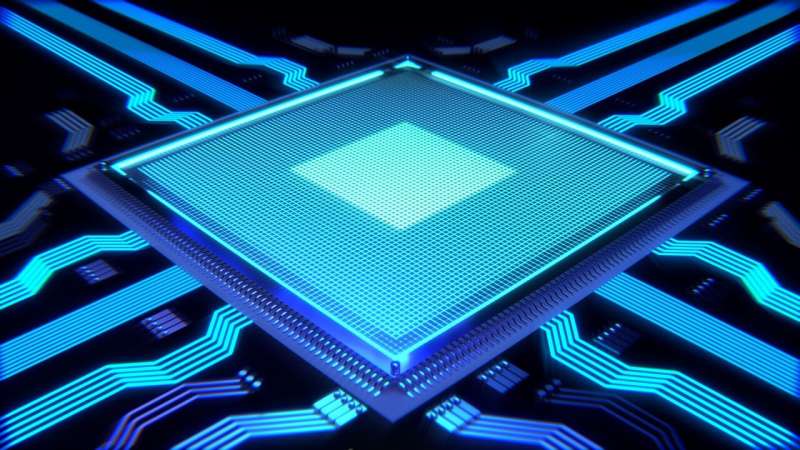
New chip opens door to AI computing at light speed (16/02/2024)
University
of Pennsylvania engineers have developed a new chip that uses light waves,
rather than electricity, to perform the complex math essential to training AI.
The chip has the potential to radically accelerate the processing speed of
computers while also reducing their energy consumption.
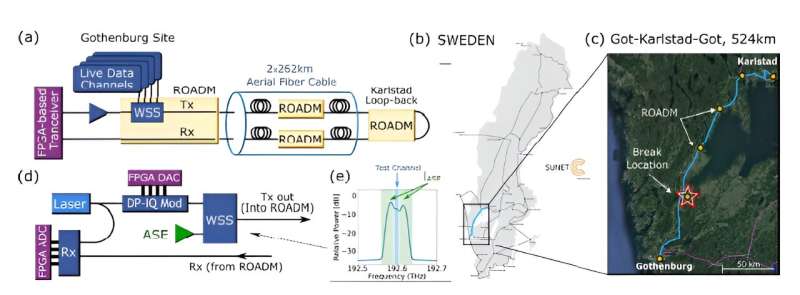
Study shows promise of transceiver-based sensing for active monitoring of fiber networks (15/02/2024)
Researchers
have successfully used a coherent transceiver prototype to detect polarization
changes that preceded a cable break in a live network. The work, which is one
of the first demonstrations of field-based measurements for an active cable
break, shows the potential of transceiver-based sensing for actively monitoring
and improving the stability of fiber networks.

New thermometry method reveals that compressing a gas may lead to cooling (15/02/2024)
An international research team from Innsbruck and Geneva has
developed a new thermometry method to measure temperatures for low-dimensional
quantum gases. With this method it was found that compressing a gas may lead to
cooling. The results on this counterintuitive phenomenon have just been published in Science Advances.
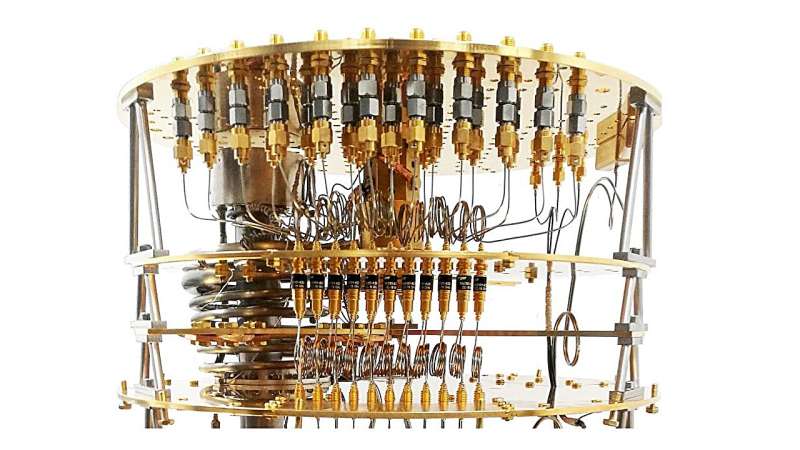
Fundamental equation for superconducting quantum bits revised (14/02/2024)
Physicists
from Forschungszentrum Jülich and the Karlsruhe Institute of Technology have uncovered
that Josephson tunnel junctions—the fundamental building blocks of
superconducting quantum computers—are more complex than previously thought.
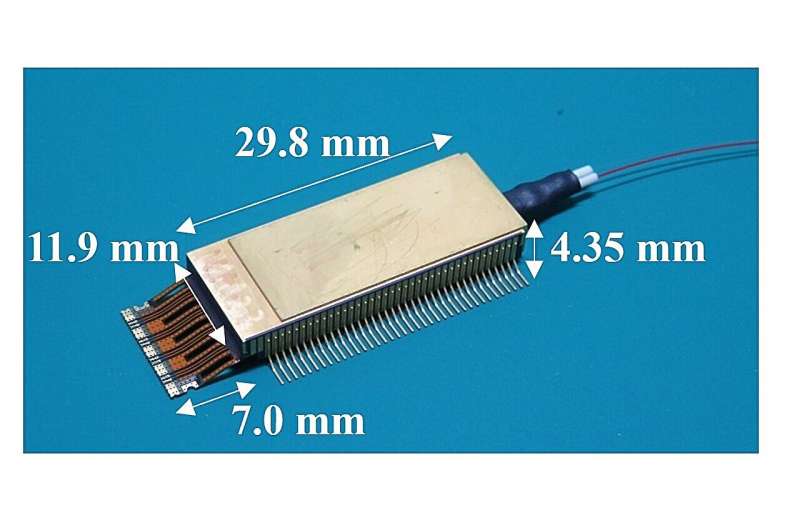
New InP-based modulator with record-high bit rates could help move more data faster (13/02/2024)
As
data traffic continues to increase, there is a critical need for miniaturized
optical transmitters and receivers that operate with high-order multi-level
modulation formats and faster data transmission rates.
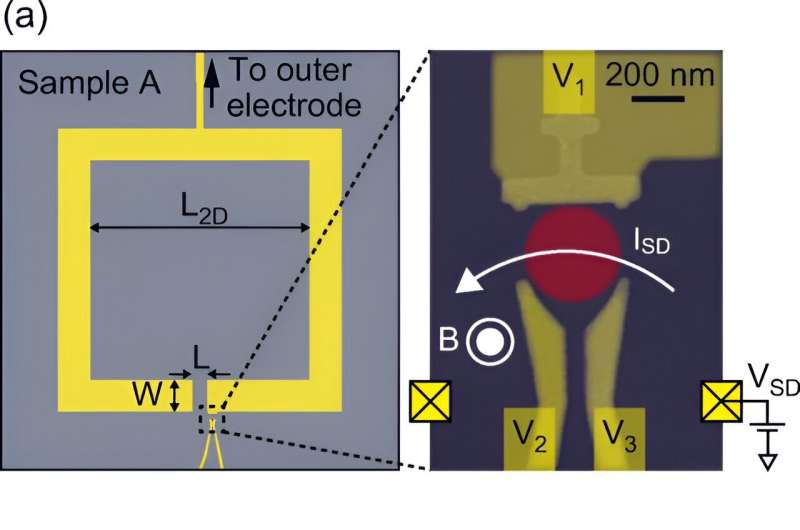
Researchers solve a foundational problem in transmitting quantum information (13/02/2024)
Future
quantum electronics will differ substantially from conventional electronics.
Whereas memory in the latter is stored as binary digits, the former is stored
as qubits, which can take many forms, such as entrapped electrons in
nanostructures known as quantum dots. However, challenges in transmitting this
information to anything further than the adjacent quantum dot have limited
qubit design.
How semiconductor defects could boost quantum technology (12/02/2024)
In
diamonds (and other semiconducting materials), defects are a quantum sensor's
best friend. That's because defects, essentially a jostled arrangement of
atoms, sometimes contain electrons with an angular momentum, or spin, that can
store and process information. This "spin degree of freedom" can be
harnessed for a range of purposes, such as sensing magnetic fields or making a
quantum network.
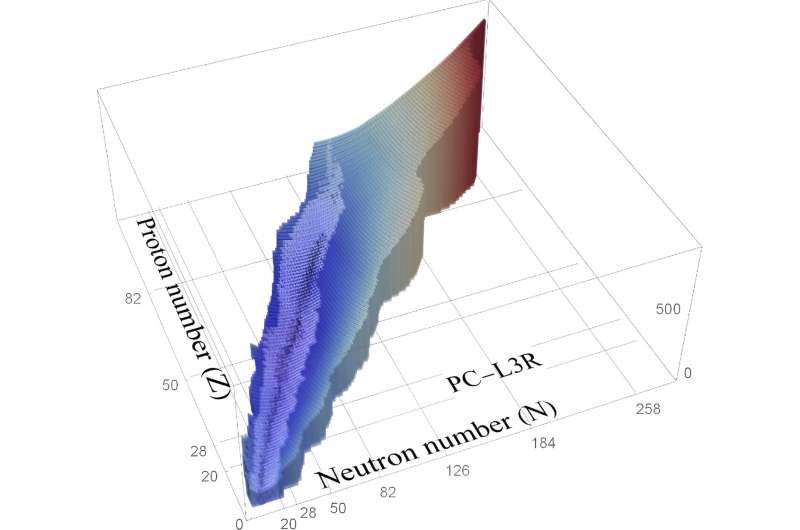
New approach to predict properties of undiscovered nuclei and border of nuclear landscape (07/02/2024)
With new generation
radioactive-ion beam facilities, previously challenging experiments can be
conducted for discovering new isotopes and for revealing physics related to the
exotic nuclei far from the β-stability valley, which deepens the understanding of
the origins of the chemical elements in the universe.
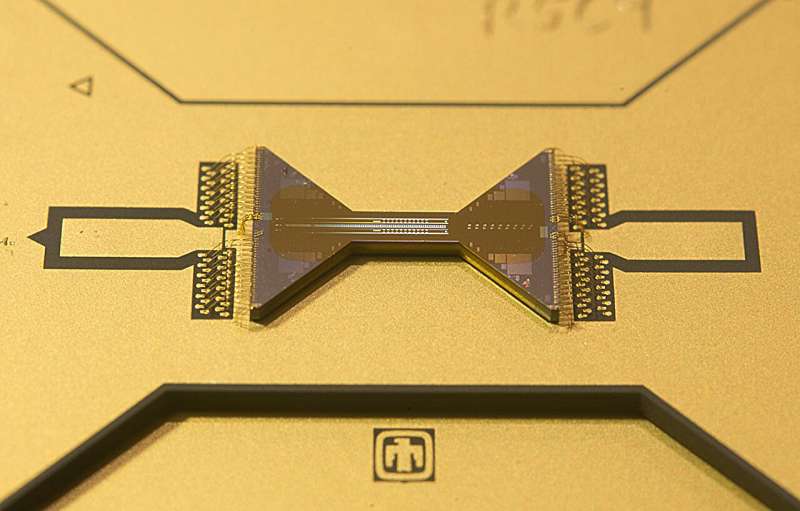
New ion cooling technique could simplify quantum computing devices (07/02/2024)
A new cooling technique that
utilizes a single species of trapped ion for both computing and cooling could
simplify the use of quantum charge-coupled devices (QCCDs), potentially moving
quantum computing closer to practical applications.









